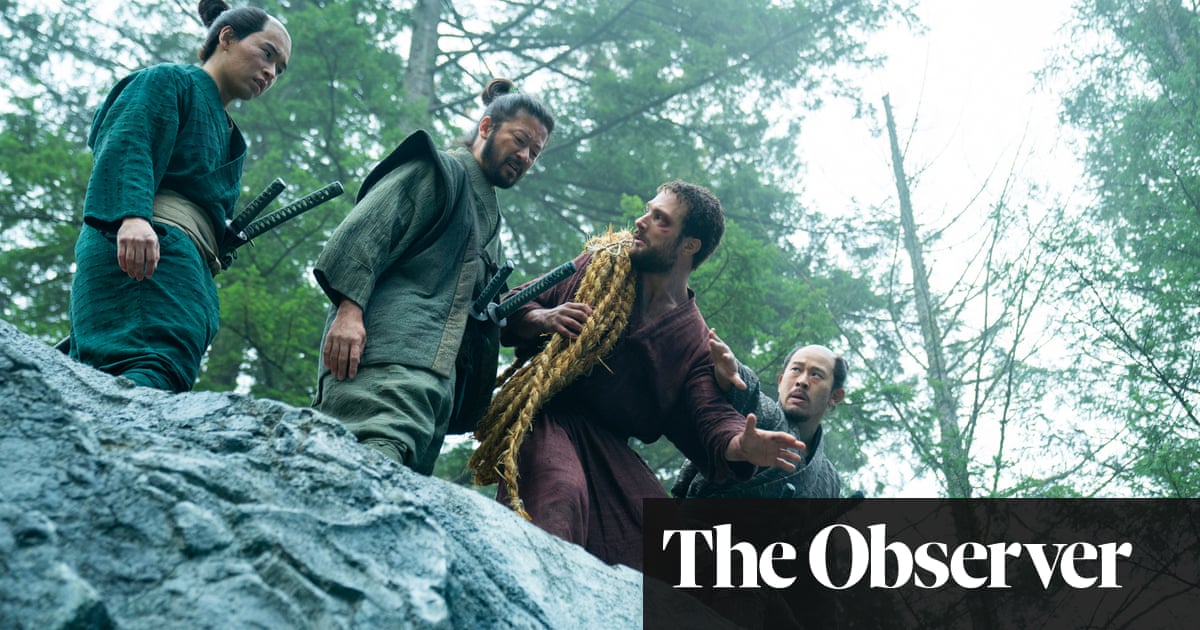On a quiet street in the Nihonbashi area of Tokyo, nestled between a seafood wholesaler and a jewelry store, stands a modest monument commemorating the former residence of William Adams. He was the first Englishman to set foot in Japan and served as the inspiration for a popular TV series this year.
The inscription on the monument acknowledges Adams’ “valuable services in foreign affairs,” yet it serves as a rather understated tribute to a man whose legacy continues to shape Anglo-Japanese relations centuries after his passing. His portrayal on screen has sparked ongoing discussions and reflections.
The recent launch of the Disney+ series has rekindled interest in this remarkable figure from Kent, renowned for his diverse talents in shipbuilding, gunnery, mathematics, geography, and diplomacy. Particularly noteworthy was his ability to cultivate a close bond with the feudal warlord Tokugawa Ieyasu, earning his trust and friendship.
Born in Gillingham in 1564, Adams found himself aboard the Dutch merchant ship De Liefde when it arrived in Usuki Bay, Japan, in April 1600. Among the 23 survivors of a fleet that had embarked from Rotterdam nearly two years prior, Adams emerged as a pivotal figure despite facing initial challenges from local Jesuit missionaries who accused him of piracy.
Escaping the threat of execution, Adams went on to become Japan’s first foreign samurai, bridging the gap between the enigmatic Japanese culture and his distant homeland. His story has inspired various adaptations, including James Clavell’s renowned novel Shōgun and a subsequent miniseries featuring Richard Chamberlain.
The latest 10-part series has prompted a fresh dialogue on the themes of assimilation and respect in a time marked by cultural complexities. While the show has garnered praise for its meticulous production and portrayal of 17th-century Japan, it has also sparked controversy among members of the , a club dedicated to preserving Adams’ legacy.
Critics within the club, like Chris Wells, expressed disappointment with the series’ depiction, particularly in its portrayal of the initial interactions between Adams and the local community in Usuki. Wells highlighted discrepancies between historical accounts of the crew’s reception and the dramatized version presented on screen.
Despite the mixed reception of the TV series, the enduring legacy of Adams, known in Japan as Miura Anjin, reflects a remarkable tale of integration and influence. His journey from a condemned prisoner to a respected advisor and samurai exemplifies a rare case of successful assimilation into a foreign culture, leaving a lasting impact on both Japanese and British societies.
As modern-day observers reflect on Adams’ story, parallels can be drawn to the importance of cultural understanding and mutual respect in navigating unfamiliar territories. His ability to adapt, appreciate, and contribute to Japanese society serves as a timeless example of bridging cultural divides and fostering meaningful connections in a global context.
